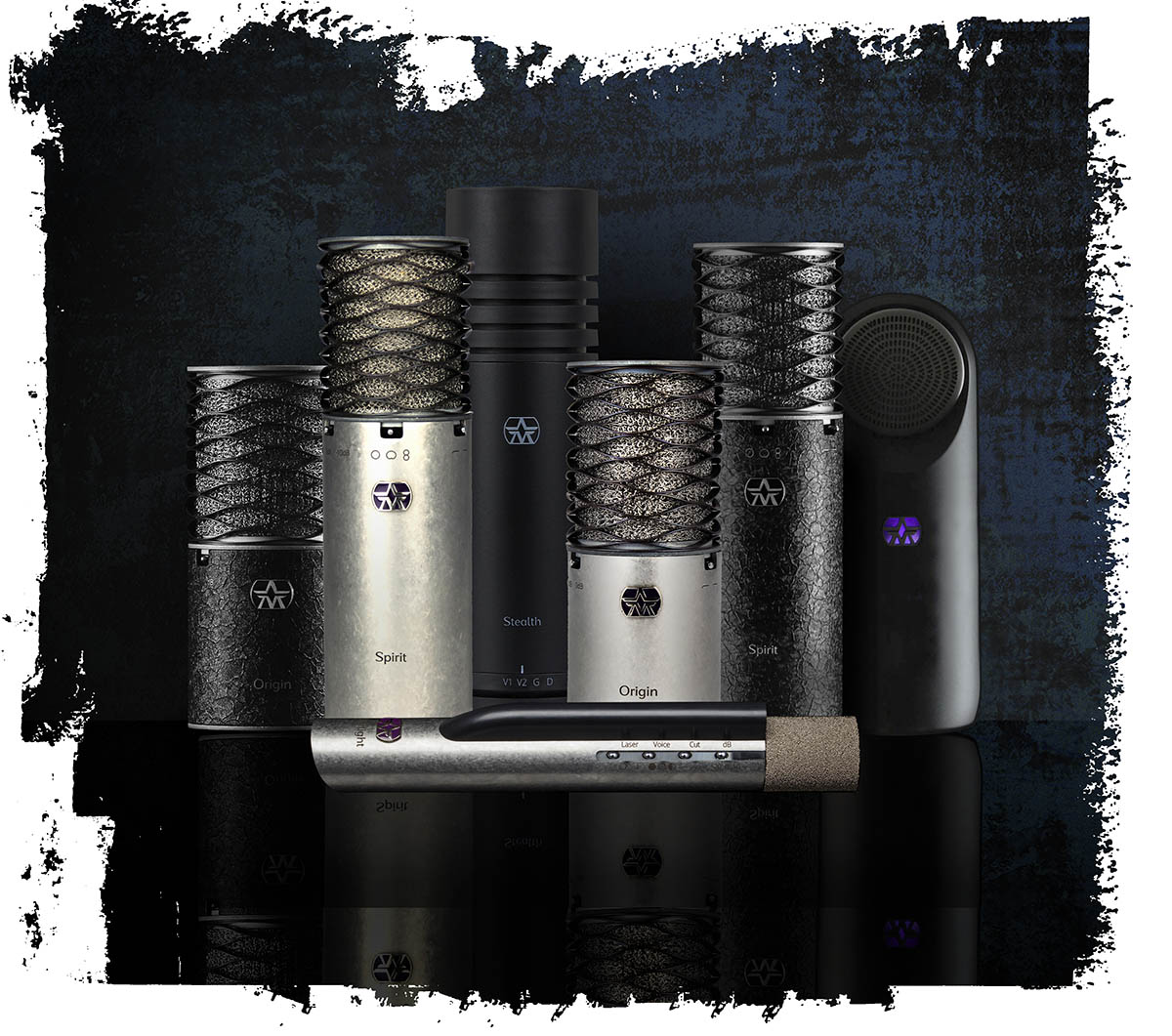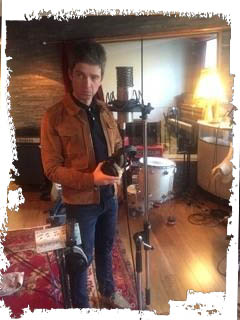Choosing your next microphone – the Aston Microphones Bite-Sized Guide

 There are a great many excellent mics out there, by some fantastic brands, and if you’re looking for your first serious microphone, or maybe adding to an existing collection, it can be tricky figuring out your best option.
There are a great many excellent mics out there, by some fantastic brands, and if you’re looking for your first serious microphone, or maybe adding to an existing collection, it can be tricky figuring out your best option.
Many of the tried and tested ‘industry-standard’ options remain beyond the budget of the home musician or producer, while countless low-priced lookalike models gleam from adverts, promising outstanding value, only to reveal their (literally) harsh truths once plugged in.
Aston don’t make copies of other famous mics, or even borrow from their technology. In fact quite the opposite. Each of our five releases to date has been conceived by questioning why so many facets of microphone design – inefficient, easily damaged mesh heads, scratch-friendly finishes, and so on – have gone unquestioned for decades.
Reimagining the microphone from ground-up has come with some surprising side-effects. Not least is that, as it turns out, making a world-class sounding mic doesn’t actually have to cost the earth. Sure, Astons are not the cheapest on the market, but considering they often get favourably compared to mics costing ten times as much, we think they’re pretty good value.
But which one is best for you? Even with a range as small as ours, this is not always an easy one to answer given that most of our mics excel at capturing vocals, acoustic instruments and many other sound sources. Our bite-sized guide should give you a feel for each model’s character and features but here are some more general tips to help you choose your next mic.
 Remember it’s subjective. If you’re getting great results from some weird old thing you found in a skip, then save your money and carry on using it.
Remember it’s subjective. If you’re getting great results from some weird old thing you found in a skip, then save your money and carry on using it.
- Your recording set-up is only as good as its worst link. It doesn’t matter how much you spend on your DAW, interface and monitors if your mic is unable to capture superb quality source material.
- All that glitters is not gold. Some mics on the market look the part but sound really bad. Even if you decide not to choose Aston (aww!) try and find the budget to buy the quality of microphone your work deserves.
- Consider what you’ll be using the mic for. Do you need an all-rounder or is it for a specific task? Here are a few examples of features to look for depending on the answer…
- For loud sound sources, go for dynamic/moving coil or, if a condenser, make sure it has a pad switch
- If you are going to need to hand-hold your mic then you’ll need one which is designed with this in mind. Most studio condensers, for example, are too sensitive for hand-held use.
- To record, say, a group of singers around a mic, then you’ll need one with an omni polar pattern option. The patterns you’ll encounter most often are:
Omni: Picks up 360° sound
Figure of eight: Picks up front and back
Cardioid: Heart-shaped pattern, picks up mainly from the front (most vocal mics are cardioid)
One last thing; the bite-sized guide has clickable links to videos and independent reviews of each mic, so you can catch up on what other folks think about them. These are also available from the Aston product pages here on the website.
Happy hunting!
